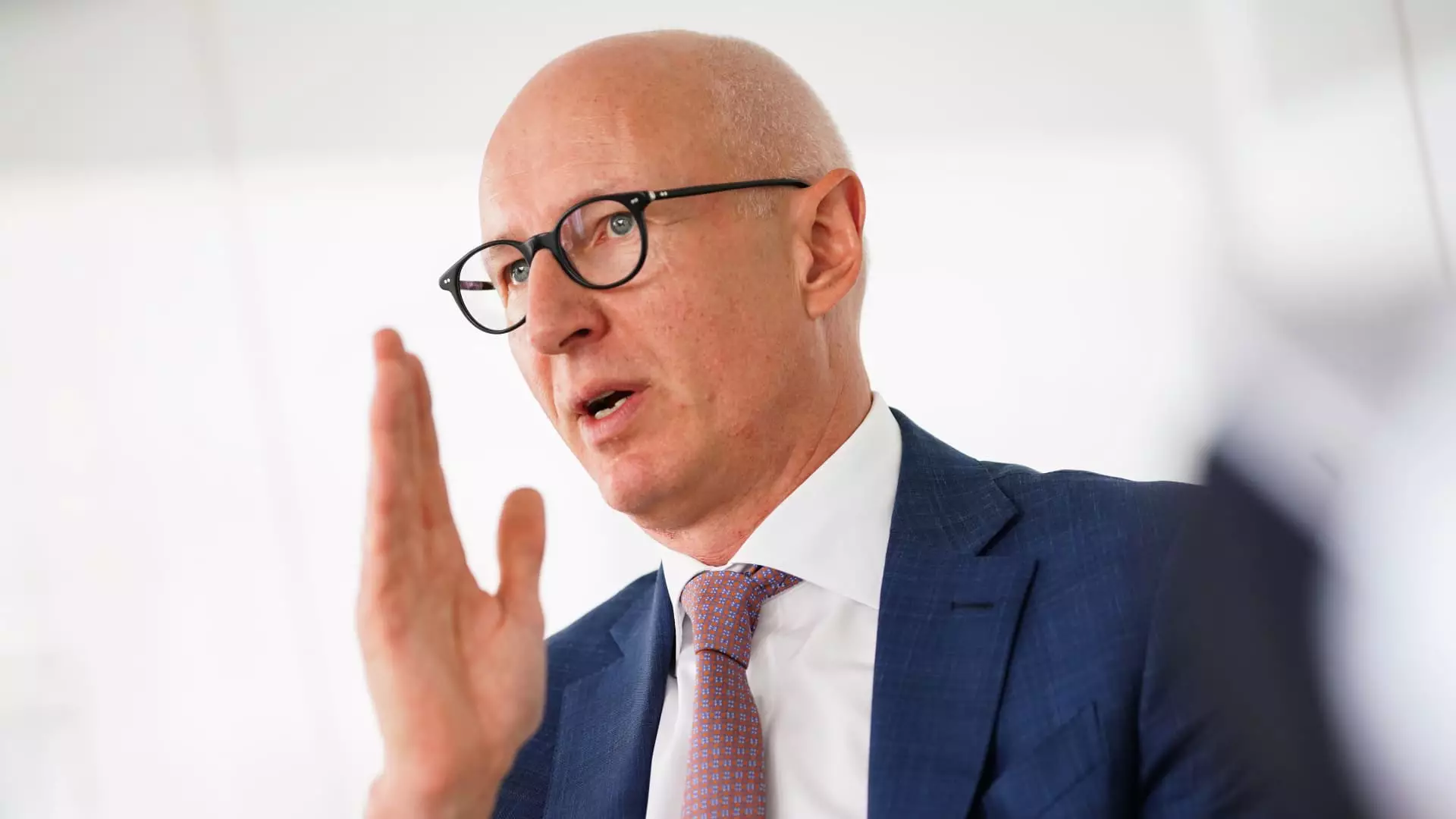On a recent Tuesday, Lars Fruergaard Jørgensen, the CEO of Novo Nordisk, found himself in the hot seat as the Senate Health, Education, Labor and Pensions Committee convened to discuss the alarming price discrepancies for his company’s weight loss medication Wegovy and diabetes treatment Ozempic. With soaring demand among American patients, the scrutiny on these products has intensified, particularly following an investigation initiated by Senator Bernie Sanders. This hearing marks a critical step in the ongoing dialogue about pharmaceutical pricing and its implications for American healthcare.
One of the central arguments raised during the hearing was the significant price gap between Novo Nordisk’s products in the United States and those in Europe. Before insurance coverage, Ozempic is priced at nearly $969 per month, while Wegovy costs around $1,350 monthly. Contrastingly, patients in Germany can access Ozempic for as little as $59, and Wegovy is available for about $92 in the UK. This stark contrast in pricing raises alarming questions about the justifications for such high costs in the U.S. and whether the American public is being unfairly burdened.
Senator Sanders has highlighted feedback from generic pharmaceutical executives, stating that these leaders could potentially offer a generic version of Ozempic for under $100 per month—suggesting there may be substantial room for price reduction without sacrificing profit margins. The absence of generic alternatives in the U.S. market exacerbates the problem, leaving patients reliant on these high-cost options.
As demand for GLP-1 medications, which aim to control appetite and blood sugar, surges, experts warn that the financial implications could be catastrophic for the U.S. healthcare system. According to estimates from the Senate Health Committee, if half of all Americans commenced weight-loss treatment with drugs like those offered by Novo Nordisk and Eli Lilly, the annual cost could soar to an astounding $411 billion—surpassing total prescription drug spending in the U.S. in 2022.
The implications stretch beyond mere numbers; they reflect a burgeoning public health crisis, with a broader impact potentially leading to an overload of the healthcare framework in America. The rising cost of these essential medications frequently leads insurers to impose stringent requirements or entirely withdraw coverage for weight-loss treatments, reflecting a need to balance bottom lines against patient care.
The financial burden of high medication costs is not exclusive to private insurers. The federal Medicare program alone shelled out $4.6 billion on Ozempic in 2022, illustrating the considerable strain on government resources. Current policies stipulate that Medicare will only cover weight loss drugs if they are prescribed for an underlying health condition, effectively constricting access to these treatments for many individuals who may benefit from them.
Efforts by lawmakers, including members of the Biden administration, to control healthcare costs and pressure pharmaceutical companies are gaining momentum. The initiatives are grounded in the reality that American patients face exorbitant prices, paying up to three times more than individuals in other developed countries. The ongoing discontent amongst lawmakers signifies a growing consensus on the need for reform to rein in pharmaceutical costs in the U.S.
Looking ahead, the potential for change is on the horizon. Notably, Ozempic is poised to enter the next round of price negotiations under the provisions of the Inflation Reduction Act, which will set the stage for reevaluating costs in 2025. If successful, this could lead to more affordable medications for seniors and significantly alleviate pressure on healthcare expenditures.
As the nation grapples with the implications of high drug prices, the Senate hearing serves as a crucial reminder of the disparities faced within the healthcare system. Pharma executives, lawmakers, and healthcare consumers will need to engage in transparent discussions about the costs associated with life-saving medications, fostering a path toward a more equitable and affordable healthcare landscape in the United States.

